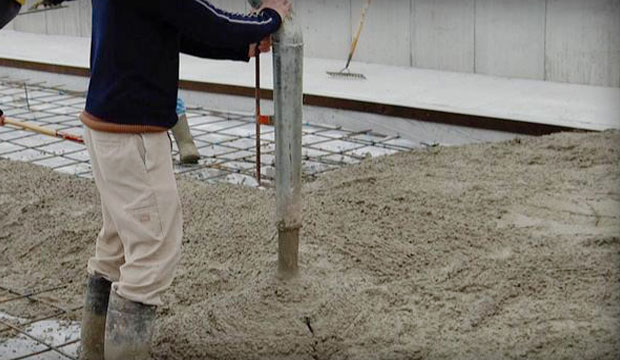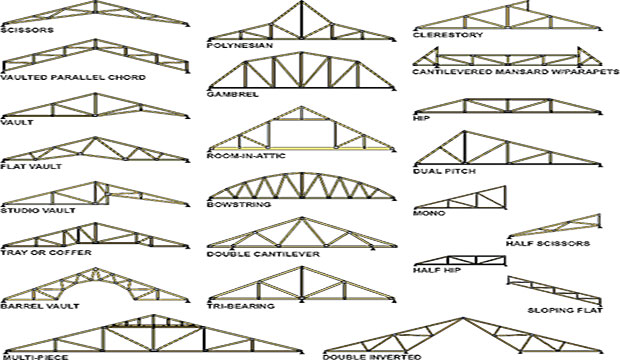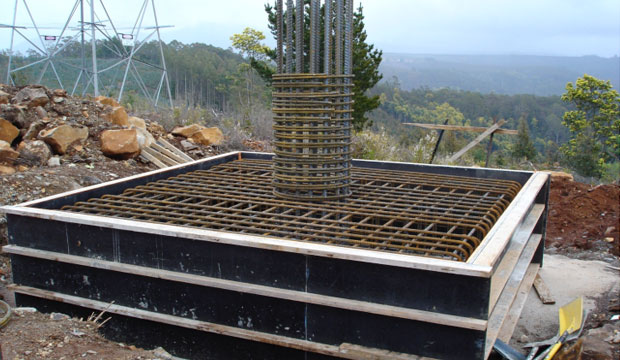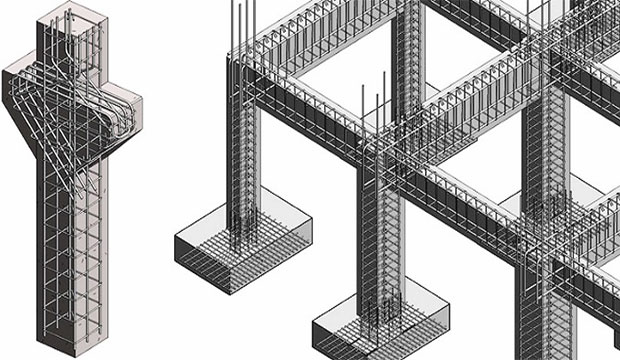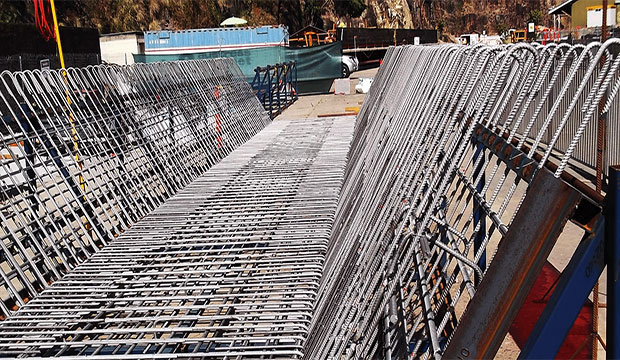The Company:
Van der Meer Consulting, a multi-disciplinary Structural and Civil Consulting Engineering group with various office locations in Brisbane, Melbourne and Sydney. This fast growing company is presently inviting application for an aptly qualified Structural Engineer for the office located in Brisbane.
Education and Experience:
Professional Qualification
• Should be at least Bachelor of Civil Engineering
• Should possess at least 5 years of working experience in structural engineering within a Queensland consultancy environment
• Proven experience in designing projects related to the residential, commercial, retail and industrial sectors.
Expertise and Personal Attributes:
• Should be well versed with applying Australian Standard design codes.
• Sound knowledge in applying various software like RC Buildings, Microstran or Spacegas, Ram Concept, Rapt, Slabs, PT 3D, Etabs and Microsoft Office.
• Should possess outstanding presentation and communication skills as these are very important for handling client affair.
• Should contain excellent interpersonal skills as well as capability to keep in touch and work with drafts persons, engineers, architects and design managers.
• Verified track record of performing under tight deadlines and within budget.
• Be passionate and dedicated to fulfill the requirements of client.
• Must establish proper initiative and perform as good team player
• C class driving license
Benefits:
• Competitive Salary
• Social events and compliant working arrangements
• Friendly and experienced team environment
• Professional development and good advancement prospects
If anyone wants to apply for this position, click the ''Apply Now'' button below by submitting your CV together with a cover letter.
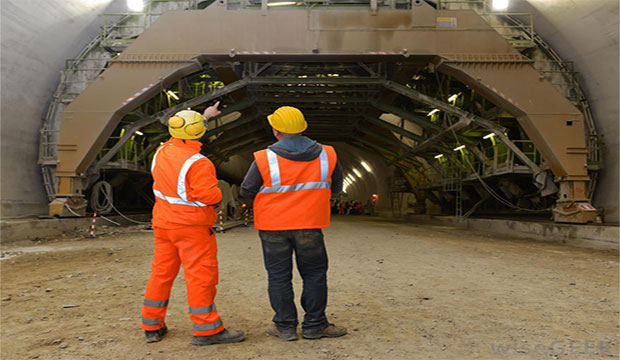
~~~~~~~~~~~~~~~~~~~~
Published By
Rajib Dey
~~~~~~~~~~~~~~~~~~~~
